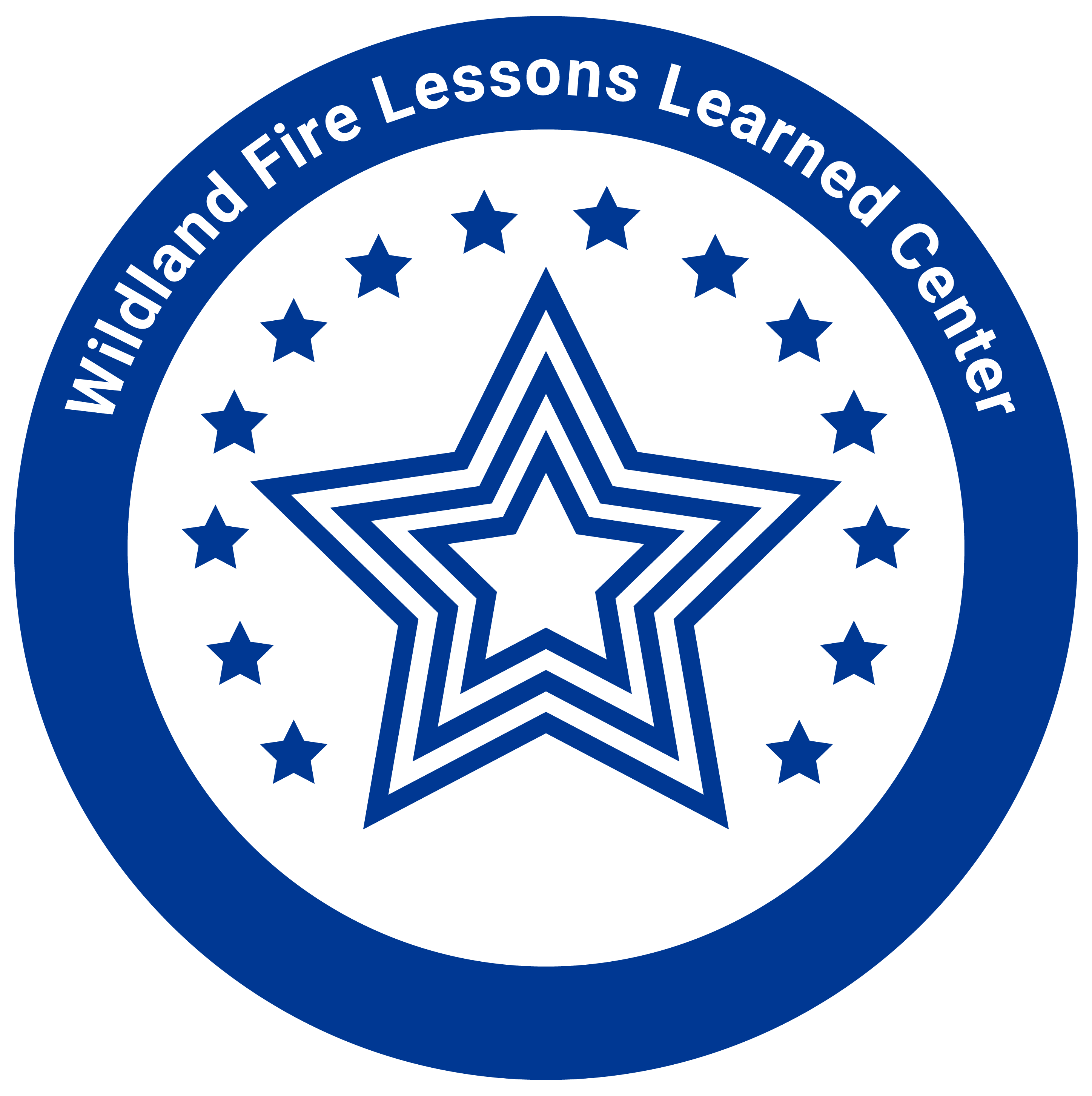2020 Incident Review Summary

“Action without study is fatal.
Study without action is futile.”
Mary Ritter Beard
This document summarizes all the wildland fire incident and accident reports from last year. It highlights some of the most useful lessons and points out the type of incidents that have occurred multiple times. It also has prompts for action you can take to implement the lessons.
This document is a pretty good tool to use as a preparation for the 2021 fire year. You could base an entire refresher course on the topics covered.
Using recent lessons to inform future operations...this is LLC meat and potatoes right here.
There is a page on the fatalities from last year, a section we always include but wish didn't exist. Here is an excerpt:
In 2020 the Wildland Fire Lessons Learned Center recorded 15 wildland fire-related fatalities, six more
than 2019. It is important to note that this number includes three Americans who died in an airtanker
crash in Australia on January 22.

One section covers recent incidents of trees falling on vehicles.
Trees on Trucks Trees strike vehicles with some regularity. Recent occurrences: 2013, 2014, 2015, 2017, and 2020. The August Complex event from 2020: A tree fell onto the truck of a Task Force Leader who suffered three fractured vertebrae and extensive ligament damage. An Engine Captain was first on scene and called a “Red” medical on the radio. A REMS team responded, packaged the patient, transported them to a waiting ambulance at the nearest Helispot. A National Guard helicopter flew the patient to a hospital.
There are two pages of lessons shared directly from the people involved in specific incidents.

Pause…
Those working to improve a helispot took the time to pause and discuss:
“We need to be really, really careful of what we’re doing. The trees are tall; be aware of where people are, we don’t want a 2nd injury.”

Don’t Overtighten
“I felt the rear of the engine sway. I looked quickly in my side view mirror to see the outside dual pass the engine.”
When a lug nut is overtightened, it causes the shaft to stretch. After each successive overtightening, it takes more torque to tighten the lug—causing further damage. This repetitive overtightening cycle causes lugs to fail by shearing, bending, or rattling loose.
The last page is about entrapments.
In 2020 we recorded 15 incidents that met the NWCG definition of “Entrapment”. Most of these events involved multiple firefighters.

Get the 2020 Incident Review Summary here
Use the Lessons


